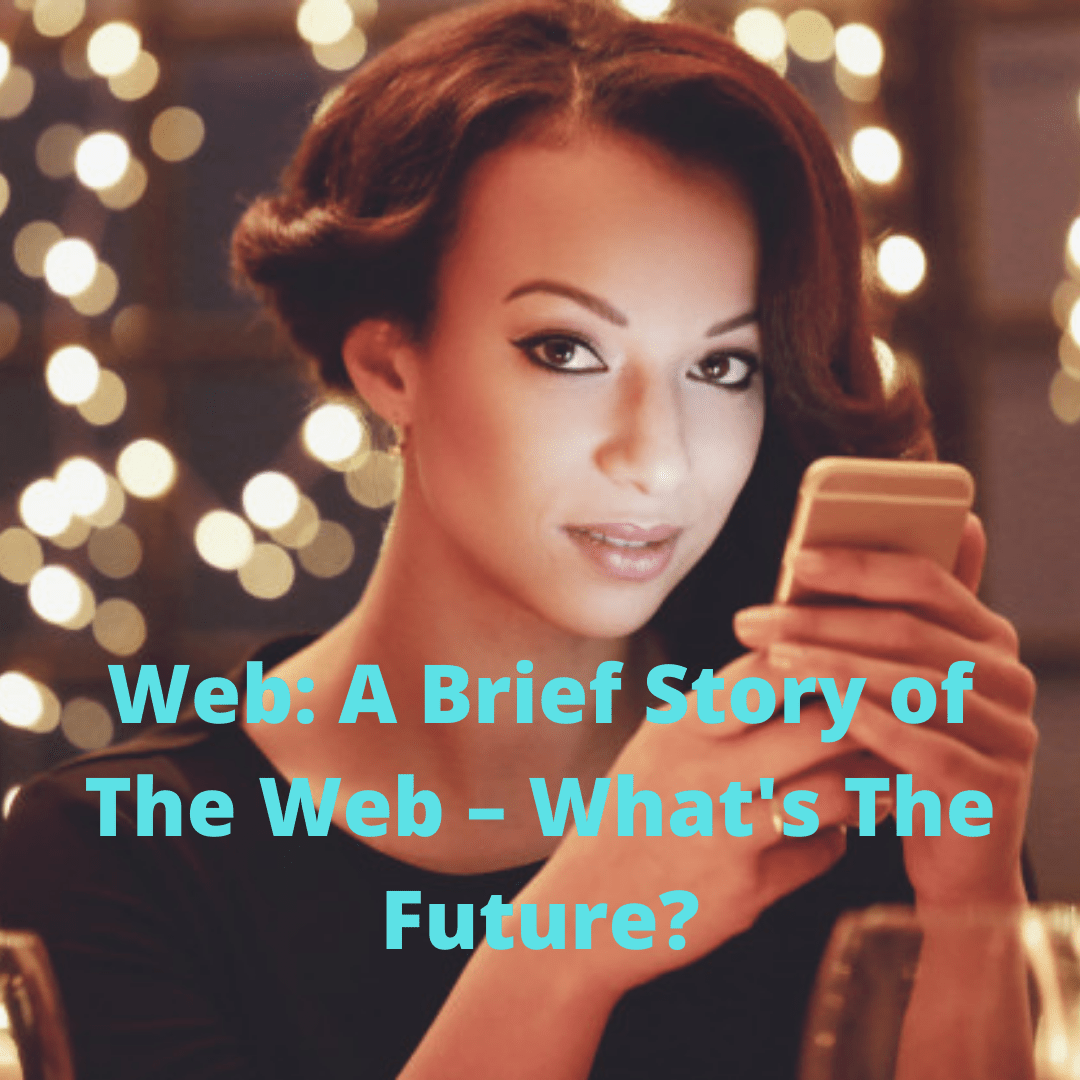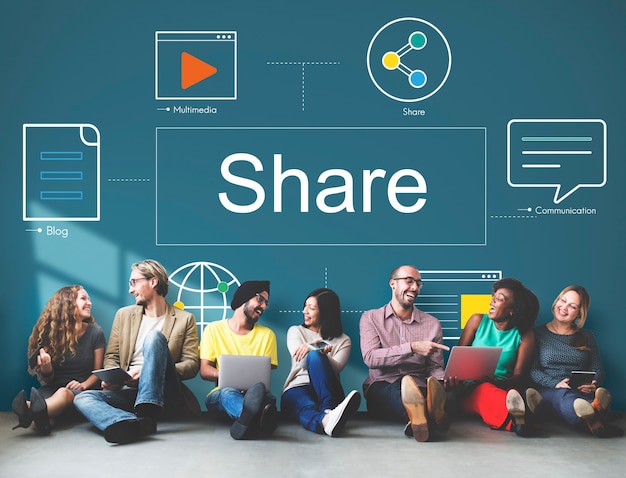
The Web of today is not the Web of the ‘90s. It’s not even the Web of five years ago. And we don’t know the future of the Web.
Websites, as we know them today, will not be around forever. Websites will change because technology is changing.
Web: A Brief Story of The Web – What’s The Future?
Now, we’re in the midst of the Information Revolution. And we don’t know what’s next.
1. Web 0.0 – The Start of the Web

The World Wide Web as we know it was invented in 1989 at CERN by Tim Berners-Lee. A scientist who imagined the user-side functionality of the Internet.
2. Web 1.0 – The Read-Only Web
The World Wide Web was introduced to the public in 1990/1991. In those early internet days, the World Wide Web was a place to seek and find things. Berners-Lee called this the “Read-Only Web,”

The Web was not interactive. It was a place to find (read) information
By 1999, there were approximately 3 million websites.
And because of this massive amount of information online, the Read-Only Web brought the explosion of “web browsers” (Mosaic, Netscape Navigator, Opera, Internet Explorer) and of course “search engines.” Yahoo, founded in 1995, and Google, founded in 1998.
Amazon was founded in 1994, and eBay in 1995.
The Web was simply that: knowledge and data to share.
3. Web 2.0 – The Social (Read-Write) Web
Where Web 1.0 connected people with information, Web 2.0 connected people with people.

Internet users became participants in the Web, interacting and bringing their value.
In 1999, LiveJournal and Blogger launched as blogging platforms.
The crowd-sourced encyclopedia Wikipedia launched in 2001. MySpace launched in 2003. Facebook launched in 2004. YouTube launched in 2005.
The Web was no longer just a collection of things to read. It was now a way to connect and to connect in more ways than ever before.
4. Web 3.0 – The Semantic (Read-Write-Execute) Web
The shift from Web 1.0 to Web 2.0 was huge, but the shift from 2.0 to 3.0 is even bigger.

With the rise of data, not only can people consume information and connect, but applications (Apps) can connect with other applications independently to execute functions on their own.
“Big data” is a popular term for a reason.
The knowledge stored on the Web is now better connected than ever before, and this information has become enriched.
The Internet of Things, Artificial Intelligence, Machine Learning, Augmented Reality, and Virtual Reality is no longer terms of the future.

Web applications can interpret information for humans, creating efficiencies, analyses, and possibilities like never before.
However in the era of Web 3.0, while the applications can connect data and execute functions with that data, these applications cannot yet provide context to data, understand the relevance, or make more complex decisions.
So, we’ve come far, but we’ve still got a long way to go.
5. Web 4.0 – The Mobile Web
Once the Web was a place where you might “surf,” sitting back and relaxing. This concept is the epitome of Web 1.0 or 2.0.

However, now the Web is always in action. Now it’s on your mobile device.
Today, there are more mobile connections than there are people.
We are a mobile, connected society, and from smartwatches to smartphones, the Mobile Web era is changing the dynamic of how we interact with the Web.
6. Web 5.0 – The Intelligent / Emotional (Symbiotic) Web
The rise of virtual assistants that predict your needs from your behaviors is a hint at the Intelligent Web to come.

Web 5.0 will see applications able to interpret information on more complex levels, emotionally as well as logically.
This is the Web that acts in true symbiosis with daily life, without a thought, organically intertwined with what we do.
Artificial Intelligence enables computers to communicate like a person, but the technology that enables them to think, reason, and respond on their own, humanly, is not as far away as you might guess.
Web 5.0 will also focus on the individual, perhaps allowing a website to convey a different experience for each different person.

It could perceive the emotions of an individual and respond appropriately, and it could detect subtleties that enable more powerful interactions.
Right now, Web 5.0 is a vision of the not-so-far-off future, but time will tell what this new technology will truly bring.
Last Tip

Modern websites might employ features of Web 1.0, 2.0, 3.0, or beyond, and using these different tools from different eras does not make a site out-of-date.
Knowing what’s been essential in the past is just as important as knowing what is essential in the present.
We hope that artificial intelligence and innovation will improve the web, our lives, and even the world. You can call it a dream, imagination, or even a fantasy. Nobody knows the future!